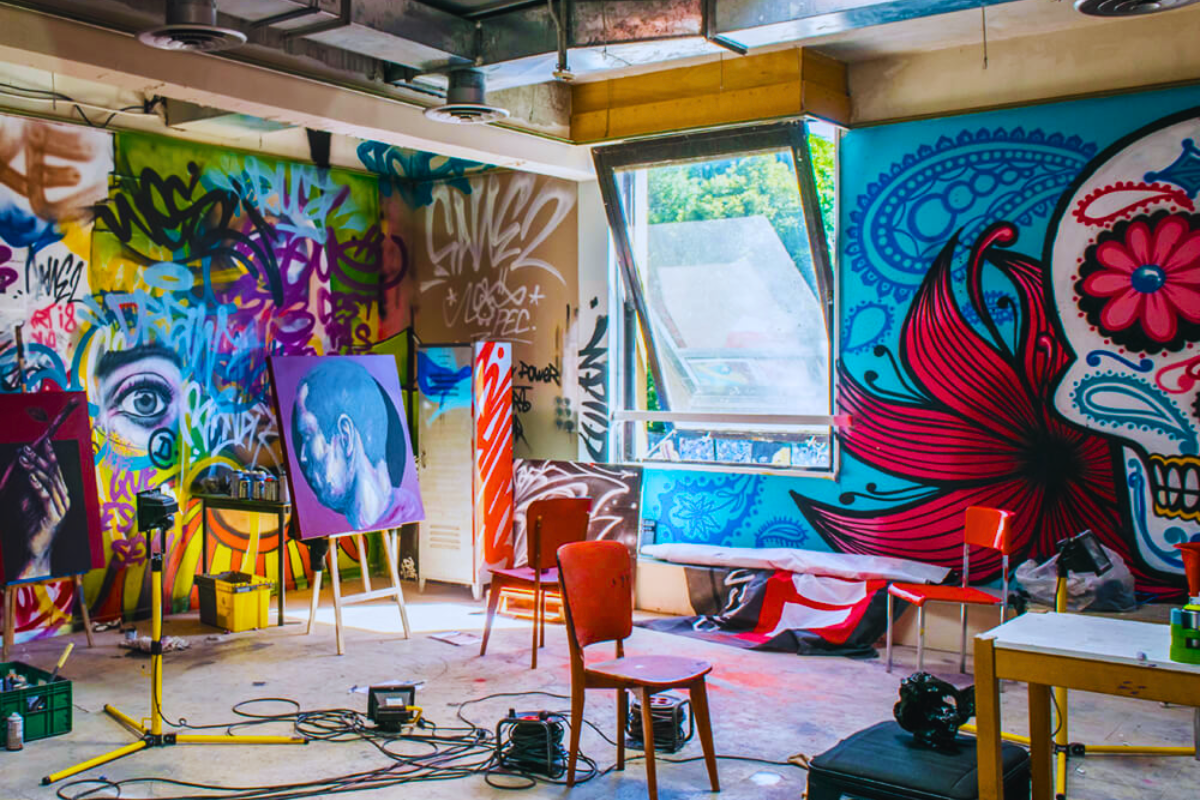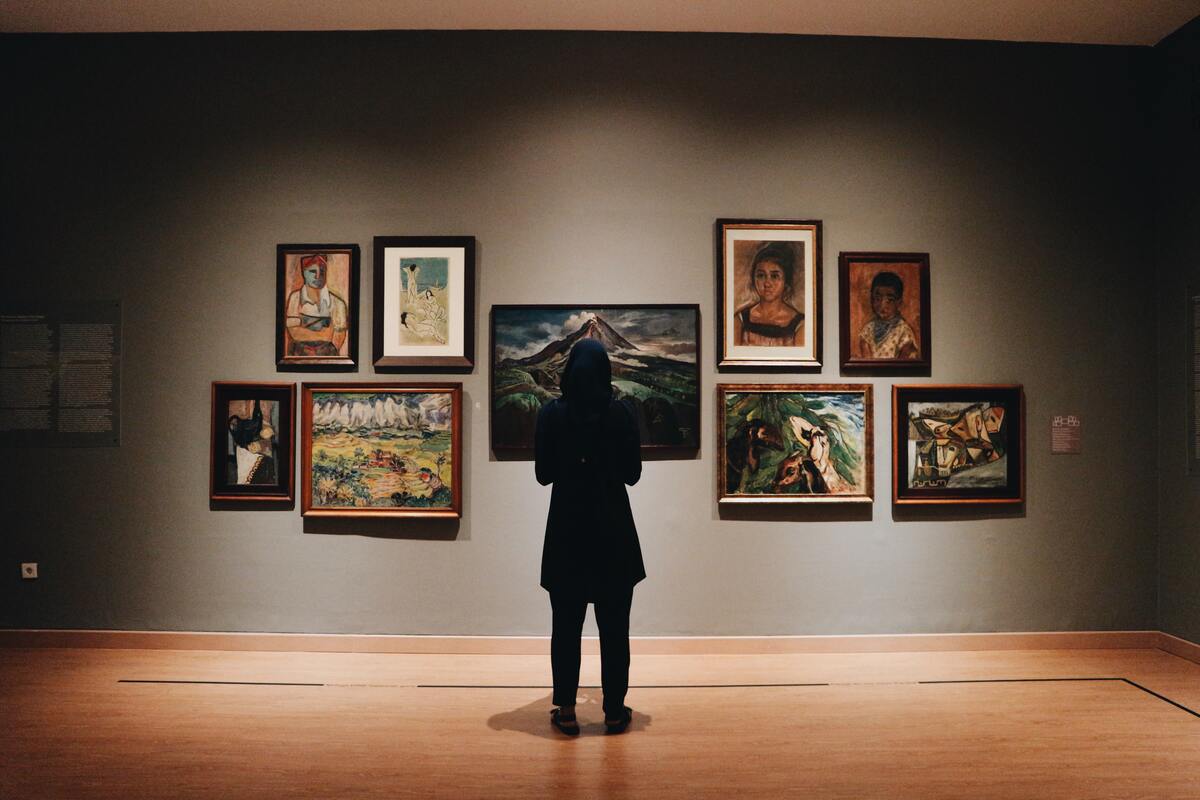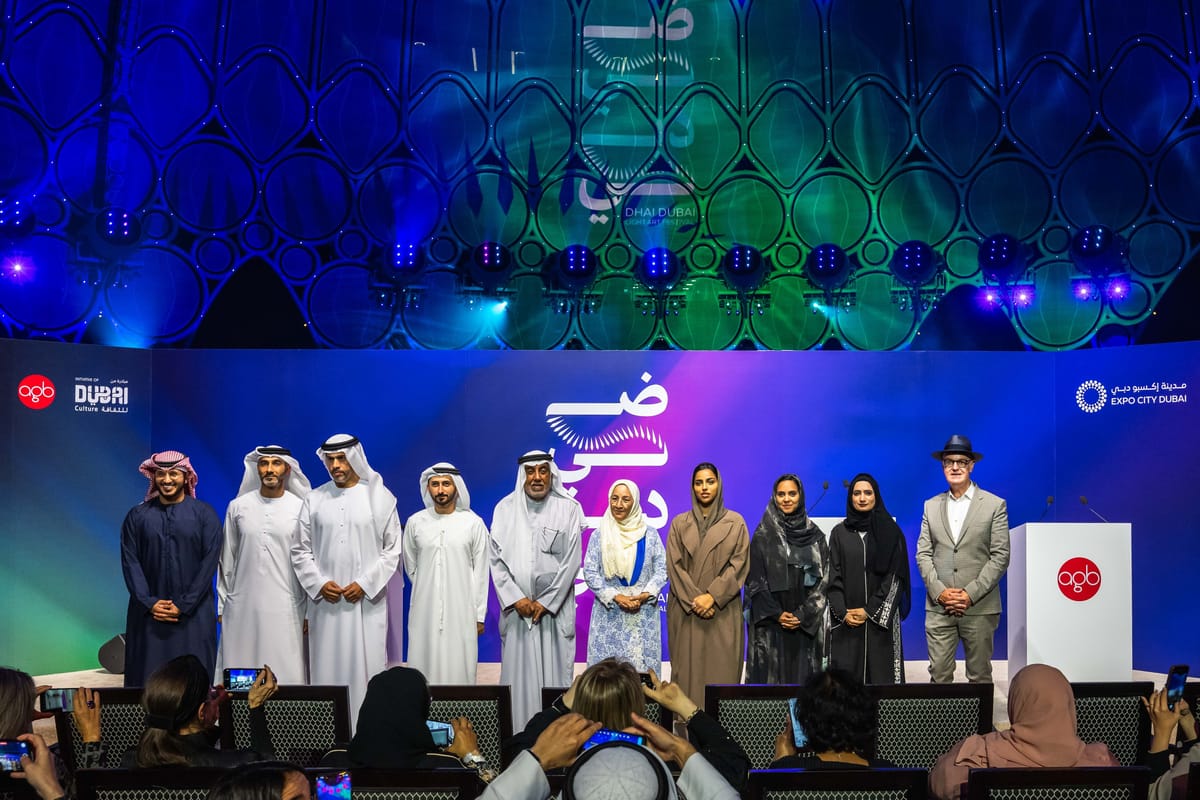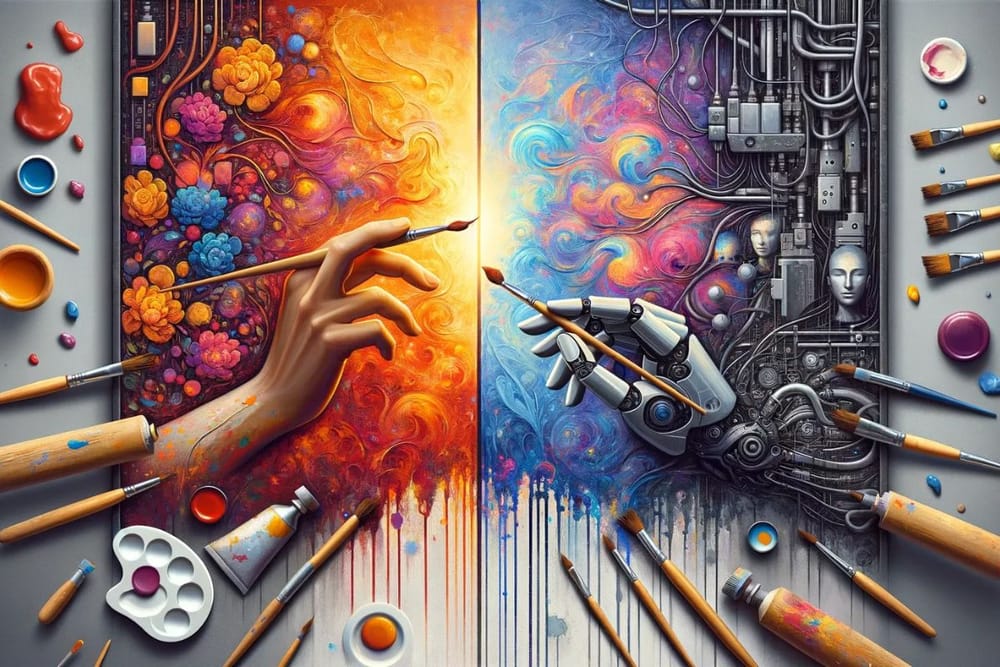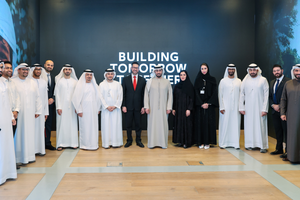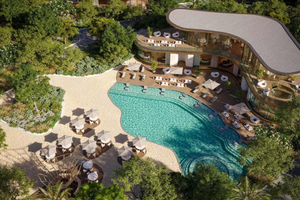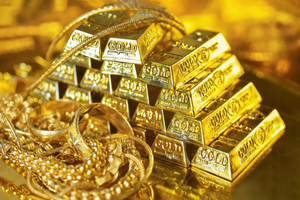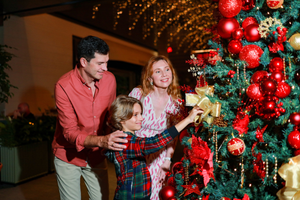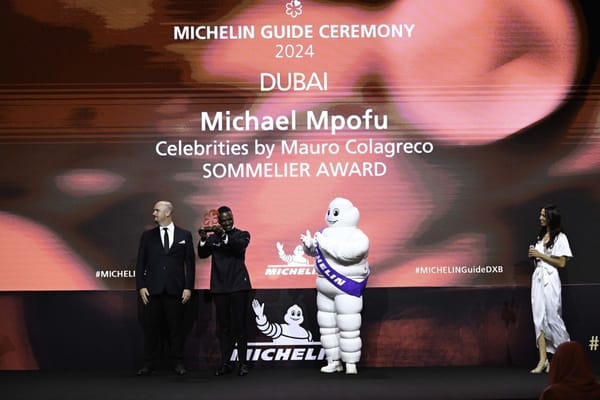As we navigate the ever-evolving landscape of the art world, we find ourselves at a fascinating crossroads. On one side, we have the rich, tactile traditions of non-digital art forms like watercolour painting, and on the other, the burgeoning realm of AI-generated art.
This article delves into the significance of preserving traditional methods in art and explores the future of traditional art amid the rise of digital and AI creations.
The Timeless Charm of Traditional Art
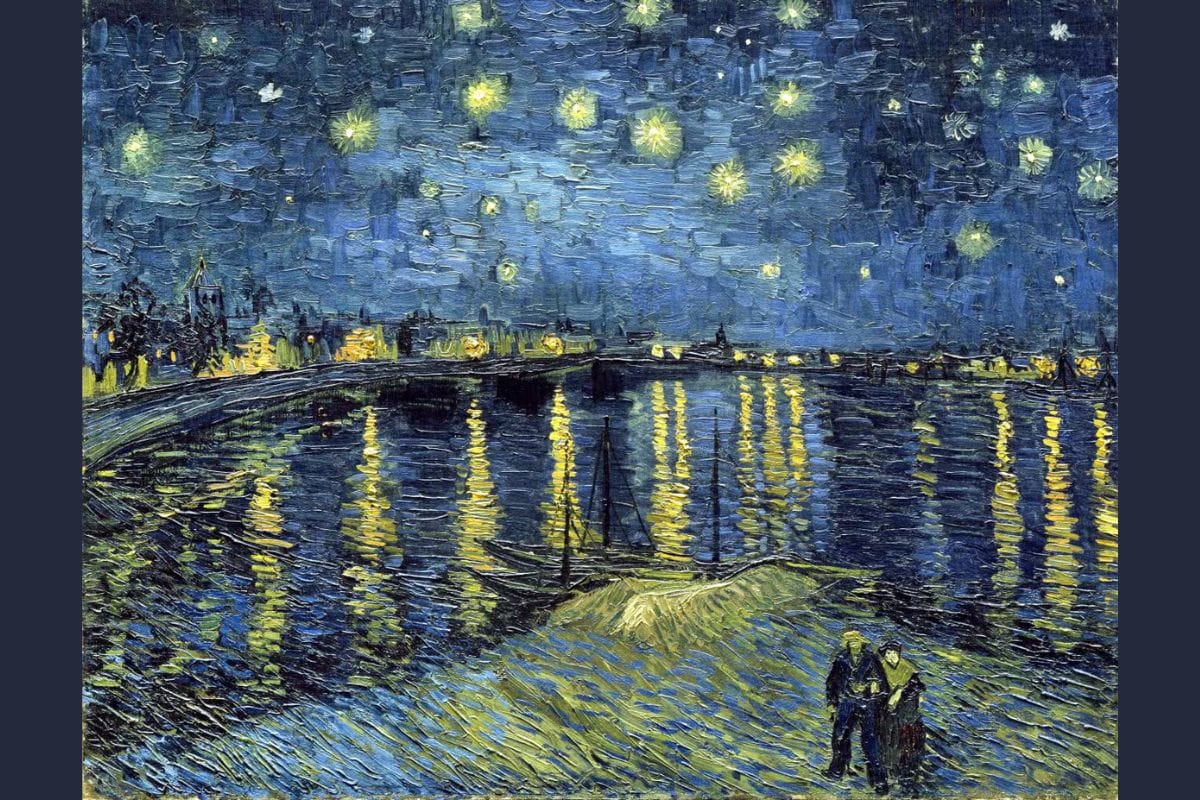
Traditional art forms have been a cornerstone of human culture for centuries. The texture of the paper, the flow of the paintbrush, and the gradual build-up of layers all contribute to a deeply personal and tactile experience. Each stroke of watercolor is a testament to the artist's skill, patience, and vision.
Traditional art methods link us to our cultural heritage, providing a sensory experience that digital art cannot replicate. Engaging with physical materials like paper, canvas, and paint offers a holistic creative process that fosters mindfulness and presence.
The Rise of Digital and AI Art

In contrast, digital art, which emerged in the late 20th century, has rapidly evolved with advancements in technology. AI-generated art, a subset of digital art, uses algorithms to create artworks that mimic human styles. Platforms like OpenAI's DALL-E and Sora are pushing the boundaries of creativity by generating realistic images and videos from text prompts. AI technologies like Generative Adversarial Networks (GANs) have revolutionized the art world, offering new possibilities and pushing the boundaries of creativity.
However, AI art lacks one essential element, which is the human touch. While AI can analyze and replicate techniques, it cannot capture the emotional depth, intent, and personal journey that traditional artists bring to their work. The essence of art lies not just in the final piece but in the process, the mistakes, and the triumphs along the way.
The Current Art Market Landscape
According to recent statistics, the global art market was valued at approximately $65 billion in 2023 which was a decline from $68 billion in 2022. Traditional art still holds a significant share, but digital and AI-generated art are growing rapidly. Global online art sales reached $11.8 billion in 2023, accounting for 18% of the market's total turnover.
Notably, digital art commissions now account for 30% of the freelance art market, highlighting a significant shift towards digital platforms. Experts predict that while traditional art will continue to hold value, digital art will dominate in terms of accessibility and innovation, with digital art expected to represent nearly 25% of the total art market by 2025.
Source: Statista & World Metrics
Technological Advancements and Their Impact
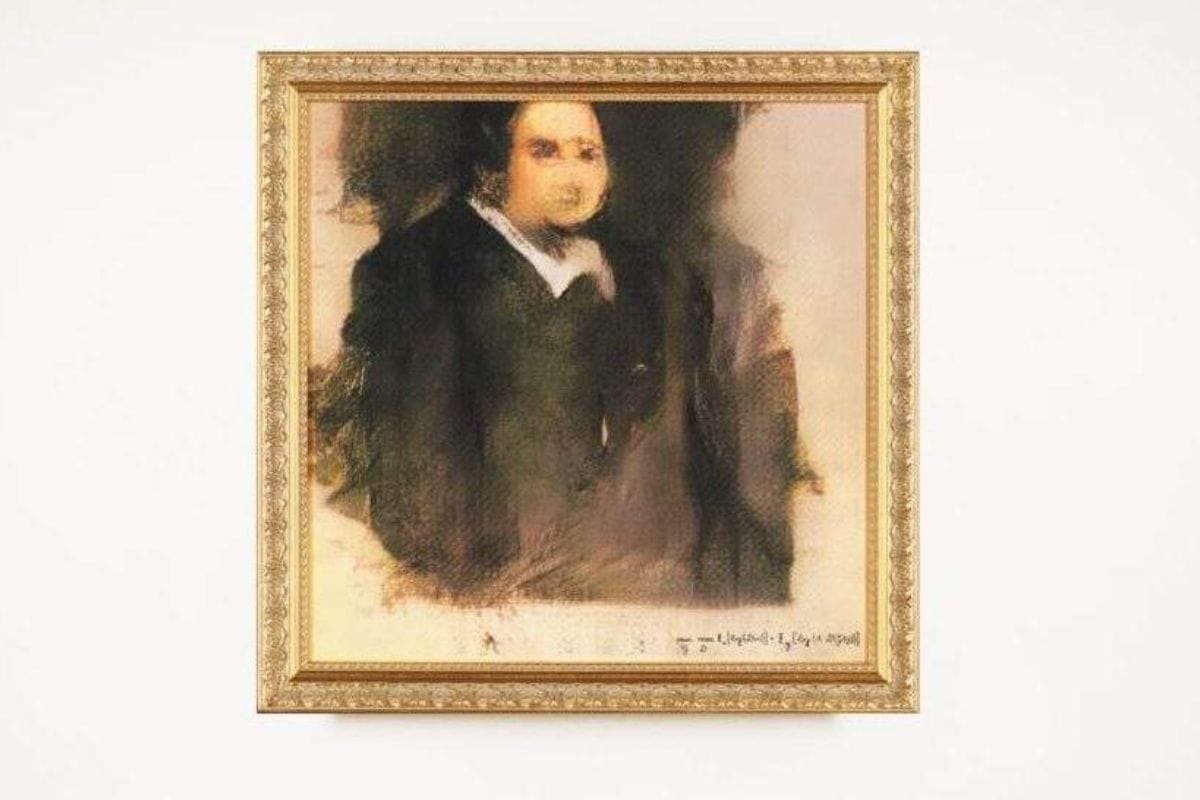
AI technologies like GANs have enabled the creation of artworks that were previously unimaginable. One notable example is the sale of Portrait of Edmond de Belamy, an AI-generated artwork, for $432,500, signalling the increasing value and interest in AI-generated works.
AI tools also assist artists by generating initial ideas, exploring different possibilities, and even creating entire pieces of artwork or designs. This iterative and collaborative approach allows artists to build upon the output of AI and add their personal touch.
Challenges and Opportunities for Traditional Art
Traditional artists face challenges such as competition from digital art and the need to adapt to new technologies. However, there are also opportunities. Traditional art can leverage digital platforms for wider reach and collaboration. Hybrid forms of art, combining traditional techniques with digital tools, are gaining popularity, offering a new avenue for artists.
By integrating AI as a tool in the artistic process, artists can explore new mediums and methods, ensuring the preservation of traditional art forms while embracing technological advancements.
Embracing Technology While Honoring Tradition in the Future
The future of traditional art in the age of digital and AI creations lies in finding a balance between embracing new technologies and preserving human creativity. By continuing to create, teach, and celebrate traditional art, we can preserve its timeless beauty for future generations. Integrating traditional art with digital innovations can foster a diverse and enriched art world.
Technology enhances traditional art rather than replacing it. Artists use digital platforms like Instagram and Behance to showcase their work globally, gaining visibility and opportunities. Hybrid art forms, combining traditional techniques with digital tools, are becoming popular, allowing for flexibility and experimentation.
Educational programs that teach both traditional and digital skills can help budding artists appreciate traditional art while leveraging technology. Digital archiving preserves cultural heritage, and virtual reality (VR) can create immersive experiences, making traditional art accessible to a global audience.
Collaborations between traditional artists and technologists can lead to innovative creations, combining human creativity with machine learning. Building a community that supports both traditional and digital art ensures inclusivity and appreciation for all forms of art.
In conclusion, while AI and digital technologies are transforming the art world, traditional art remains irreplaceable due to its emotional depth and connection to human heritage.
By embracing technological advancements and finding a balance, we can ensure that traditional art continues to thrive alongside digital innovations.
Also Read:

